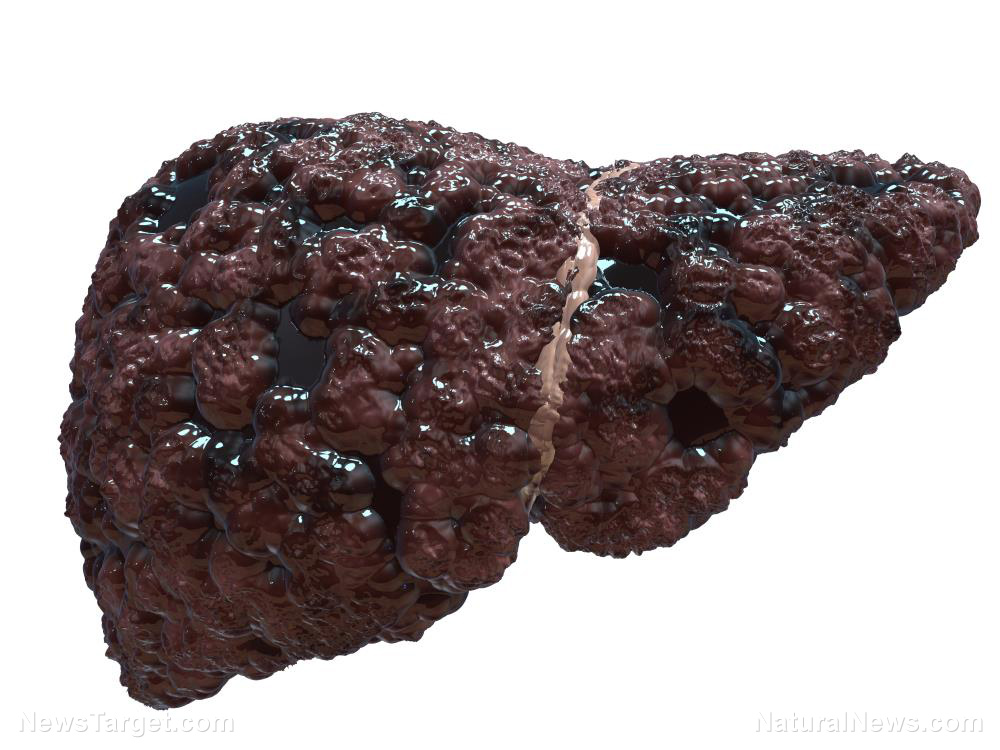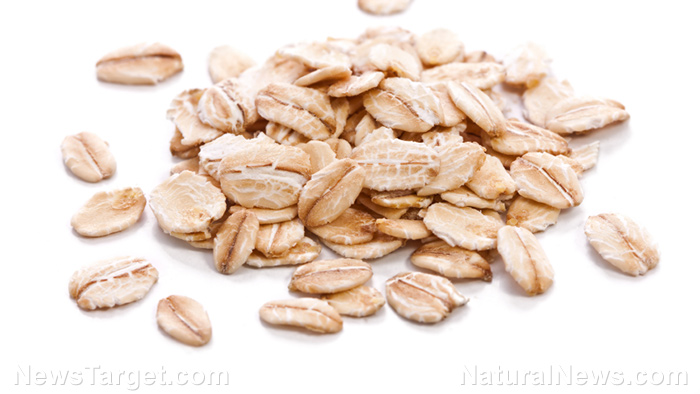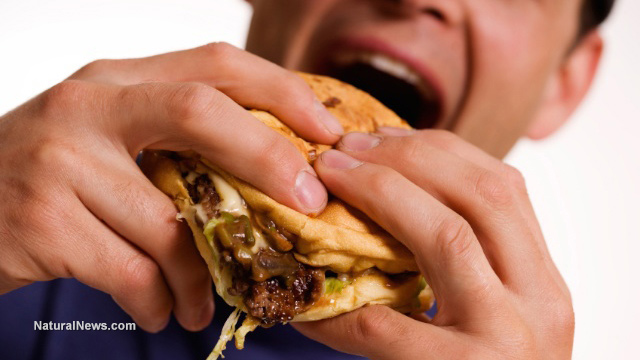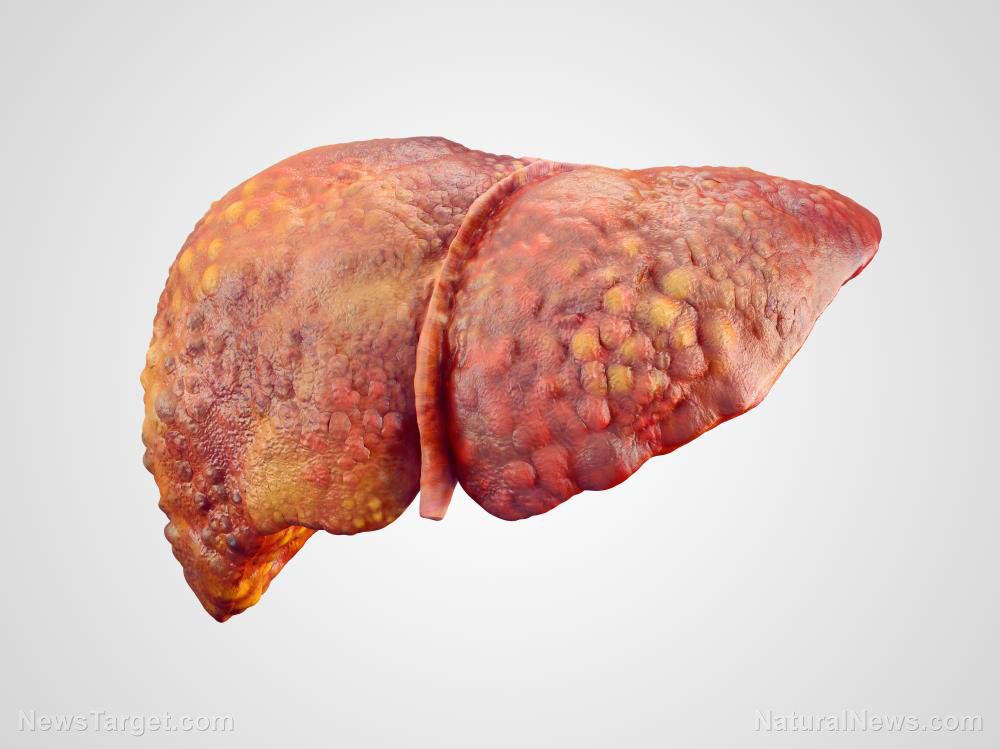What is liver cirrhosis? (and is alcohol always the cause of it?)
03/26/2019 / By Ralph Flores

Cirrhosis is a term for advanced liver scarring. For the most part, it’s usually associated with drinking too much over time — and for good reason. According to data from the Centers for Disease Control and Prevention, excessive drinking can lead to both short-term and long-term damage. Immediate effects include injuries (such as vehicle crashes or falls); risky sexual behavior that can result in sexually transmitted diseases and HIV; and even alcohol poisoning, which is considered a medical emergency. If a person drinks excessively for a long time, it can really do a number to the body. In particular, it can cause a weakening of the immune system, inflammation, and an increased risk of cardiovascular and liver diseases — which cirrhosis is a part of.
However, it’s important to understand that while drinking too much alcohol is a risk factor in cirrhosis-related liver damage, it’s not the only cause. Nonalcoholic fatty liver disease (NAFLD), a condition where the liver stores too much fat in its cells, is, in fact, the most common form of liver disease. In the U.S., up to 100 million people have NAFLD, leaving them prone to life-threatening conditions such as late-stage liver failure and cirrhosis.
What you need to know about cirrhosis
For a lot of people, liver cirrhosis is a condition usually seen in long-term heavy drinkers. What’s worse is that cirrhosis does not usually exhibit signs or symptoms until liver damage is extensive.
It’s also worth noting that the condition doesn’t happen overnight. Each time that the liver is injured — whether by disease, excessive alcohol consumption, or fat cells that become toxins — it will try to repair itself. This, in turn, can lead to scarring in the liver — a condition known as fibrosis. As the liver is injured and tries to heal itself, more scar tissue forms, which can impair normal liver function. Cirrhosis, in its advanced stages, is life-threatening.
“Cirrhosis is an advanced stage of liver scarring that begins to disrupt normal blood flow and function of the liver,” explained Dr. Scott Friedman, the chief of the division of liver diseases at Icahn School of Medicine at Mount Sinai, in an interview with U.S. News. “It’s the last stage of a progression of scarring that can occur over many years.”
People who are overweight are also at risk of getting NAFLD, which can lead to advanced liver scarring. Other risk factors include:
- High cholesterol levels, as well as elevated triglyceride levels
- Metabolic syndrome
- Polycystic ovary syndrome
- Type 2 diabetes
- Sleep apnea
- Hypothyroidism
- Hypopituitarism
People with chronic hepatitis may not develop cirrhosis, but it is still the leading cause of liver disease worldwide.
Preventing cirrhosis
It has to be said: Following a healthy lifestyle and eating the right foods are the most important steps in preventing cirrhosis, as well as other types of liver disease. Here are just some ways to do it:
- Maintain a healthy weight. Too much body fat is bad for your liver, and regular exercise can do wonders not only for your liver but your body as well.
- Stop drinking, especially if you have cirrhosis. Cirrhosis is irreversible and currently untreatable — avoiding alcohol altogether can prevent further liver damage. For those who drink, the Dietary Guidelines for Americans defines moderate drinking as one drink a day for women and two drinks for men.
- Go for green, leafy vegetables. Studies have shown that eating cruciferous vegetables like Brussels sprouts and broccoli can protect the liver from damage, as well as improve its enzyme levels.
Learn more about cirrhosis and how it affects the body at LiverDamage.news.
Sources include:
Tagged Under: alcohol addiction, alcohol consumption, cirrhosis, fatty liver disease, fitness, liver damage, liver health, NAFLD, obesity, slender

















